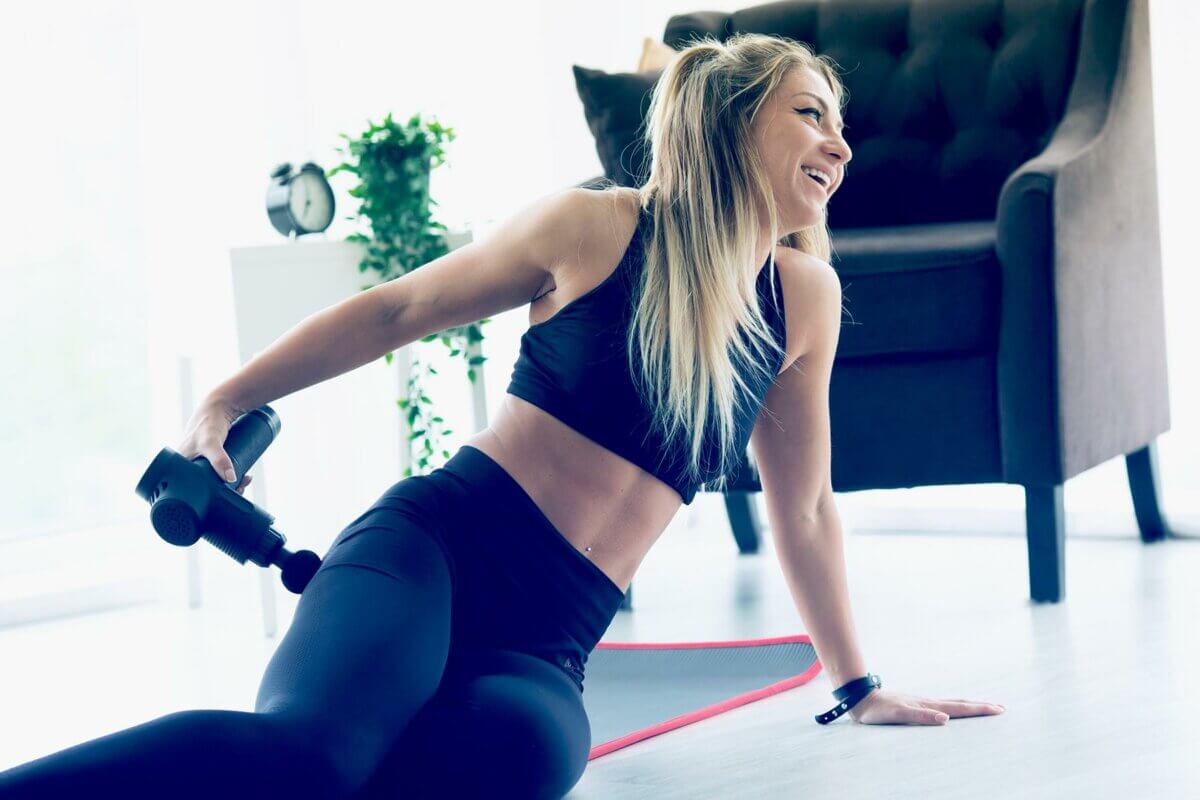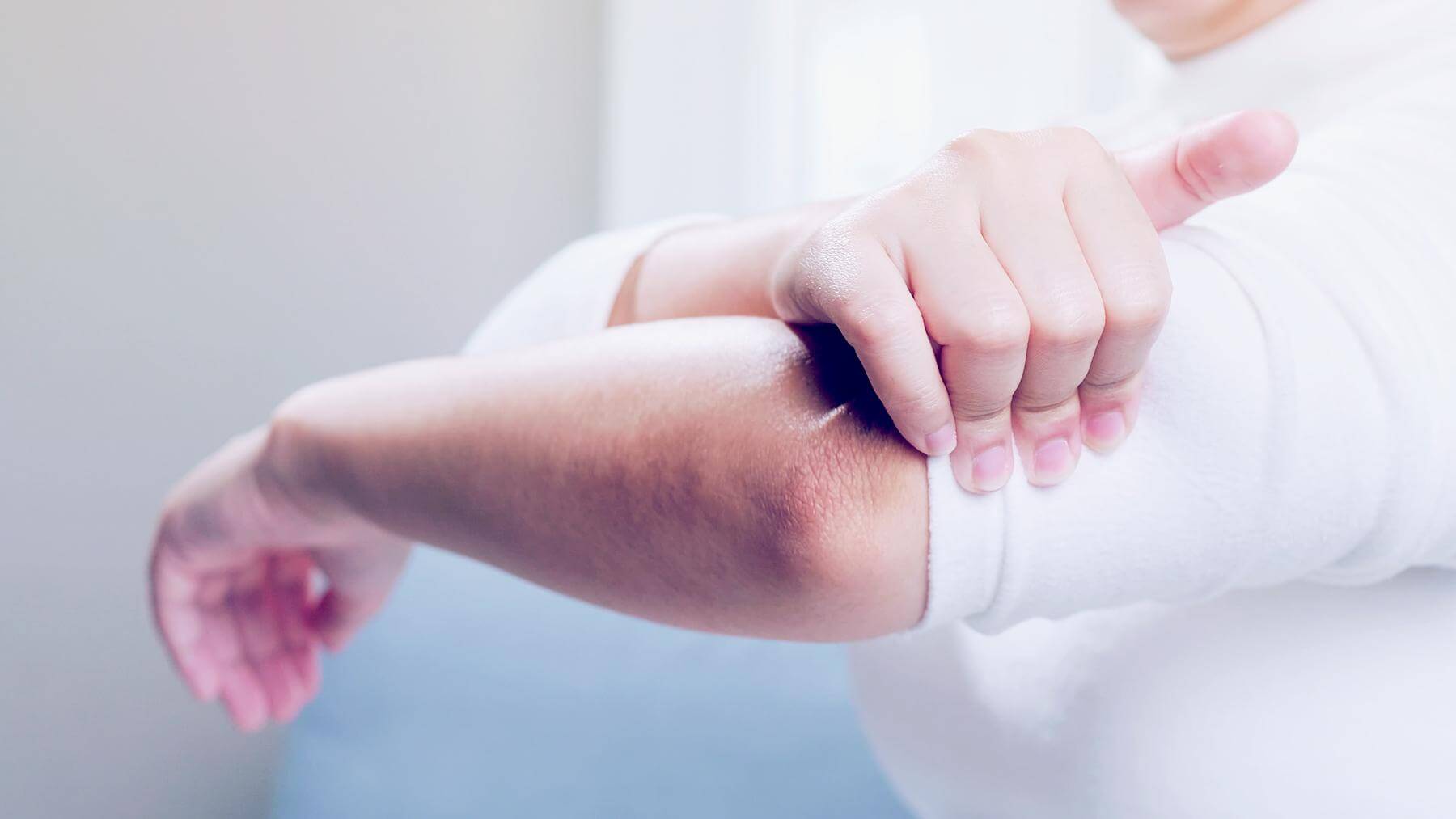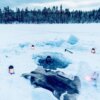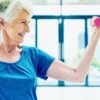We know that recovery tools like foam rollers and massage guns won’t make or break your recovery from training, but could they be used to help you feel less pain and be more mobile in the days following hard training sessions?
Overview
What did they test? The researchers narratively reviewed the current literature to explore the effects of self-massage techniques on managing pain and mobility.
What did they find? Self-massaging techniques like foam rolling and lacrosse balls can effectively decrease pain and improve mobility in resistance-trained individuals.
What does it mean for you? Although caution is advised, you can use self-massage techniques and tools to alleviate pain following hard resistance training.
What’s the Problem?
In the world of fitness and training, the occurrence of myofascial restrictions, commonly induced by intense training, can lead to stiffness which in turn, gives rise to myofascial trigger points, contributing to pain, restricted joint mobility, and diminished muscle length. Trigger points, also known as muscle "knots," refer to tender areas in soft tissue that result in profound aching and although trigger points are frequently likened to micro-cramps, the scientific understanding of them is incomplete, and their nature remains a subject of debate. Although muscles don’t actually develop “knots”, these tender spots are pervasive, akin to pimples, often remarkably intense, and mat even proliferate near injuries.

Individuals often turn to self-massage techniques to combat trigger points, which encompass various tools such as foam rollers, massage rollers, and percussion devices. We’ve previously looked at some of these tools but from a somewhat different lens, usually focusing on their effect on performance and recovery. We know that most, if not all, of commonly used recovery tools are not going to be recovery game-changers but when it comes to alleviating pain and increasing mobility, things may be different. These tools aim to reduce pain and soreness while improving range of motion (ROM) and despite the popularity of these tools, limited research directly compares their effectiveness in managing pain and promoting mobility.
I’m sure many people reading this have had the odd night here and there of neck pain, resulting in 2am searches for “self-massage tutorials” to alleviate pain and finally get back to sleep. At least I know I have 😂







